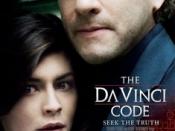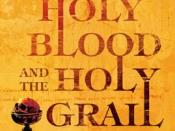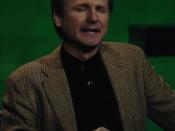The Truth about Dan Brown's Da Vinci Code
The Da Vinci Code by Dan Brown was on the New York Times bestselling list for more then two years, recently returning to the top of the list due to the release of the paperback version in March of 2006. Released by Doubleday in March of 2003, it was an instant hit. The book is a very well written piece of fictional literature that combines the use of historical facts and artifacts with a completely fictional adventure. Brown's use of history has created a certain amount of believability to his story. When it comes to writing authors enjoy the use of creative freedom. So if they choose to use historical fact in a fictional book does that make it a non-fiction book? The use of historical facts, events, artifacts, and so on, in a fictional writing does cannot change that fiction into non-fiction.
A fictional book is a fictional book regardless of the amount of fact used to enhance a storyline.
The Da Vinci Code is the story of the thrilling adventure of Robert Langdon. He becomes involved in the hunt for the truth behind the beginnings of Christianity and the Holy Grail. The main plot line of the book is based off the idea that the Holy Grail is Mary Magdalena herself, the supposed wife of Christ, and that she had a female child, thus the bloodline of Christ continues after his death. This truth of Christ's bloodline is of course the largest secret of the church and could destroy the church if it was ever found out by the public. Therefore this truth has been kept secret and protected by a number of secret religious societies. (Brown)
Dan Brown has claimed that all of the historical information in his book...


